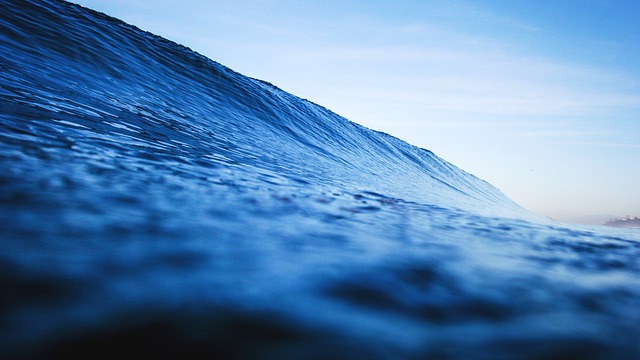
According to a new study, global sea levels are rising faster, and a significant factor that’s contributing is Greenland’s melting ice sheets. Combining available data between 1993 and 2014, then relating it with other relevant factors like thermal expansion and terrestrial water storage, the research team composed of scientists from Australia, China and the U.S. has calculated that in just two decades, the rate of sea level rise has jumped by 50%. Of that figure, melting water from Greenland’s ice accounted for a 25% in total sea level rise. Twenty years ago, that number was only 5%.
These findings add to the mounting concern that sea levels are rising faster than previously forecasted, and consequences could be devastating. Among those who are sure to be affected will be the hundreds of millions around the world who are living in low-lying areas, coastal cities and islands.
The study was prompted by the need to understand why satellite data failed to show the accelerated rate of sea level rise, in spite of what was obviously happening with major ice sheets, or more specifically, the melting of the Greenland ice sheet. The researchers believe that the ice sheet was melting faster because it’s being accelerated by surface melting and the gradual discharging of ice into the sea and ocean waters.
As explained by one of the study’s co-authors, Dr. Xuebin Zhang: “Both processes cause a shifting of mass from the Greenland ice sheet into the ocean, so as long as you have the mass shifting from land to ocean, you will get this sea level rise effect.”
Whether the rate of sea level rise will stay constant, speed up, or speed up exponentially, there’s no way to know for certain. What’s clear is that if the world doesn’t do anything to address the global warming situation, Greenland’s ice will continue to melt, and our seas will continue to rise.
Back in 1900, sea level rise was only around 1.6 – 1.7 millimeters per year. In 1993, it increased to 2.2 millimeters. Now, that figure has climbed to 3 millimeters per year. And if things stay as they are, many experts believe that figure could jump to as high 1 meter by the end of the century.
The findings and implications of the study underscore the importance of treating climate change like the problem that it is — something urgent that needs a solution. Otherwise, let’s brace ourselves for lots and lots of water, not the good kind, but the drowning and destructive kind that can completely submerge entire cities and even entire countries.
The study was recently published in the journal Nature Climate Change.
- Bulenox: Get 45% to 91% OFF ... Use Discount Code: UNO
- Risk Our Money Not Yours | Get 50% to 90% OFF ... Use Discount Code: MMBVBKSM
Disclaimer: This page contains affiliate links. If you choose to make a purchase after clicking a link, we may receive a commission at no additional cost to you. Thank you for your support!


Leave a Reply